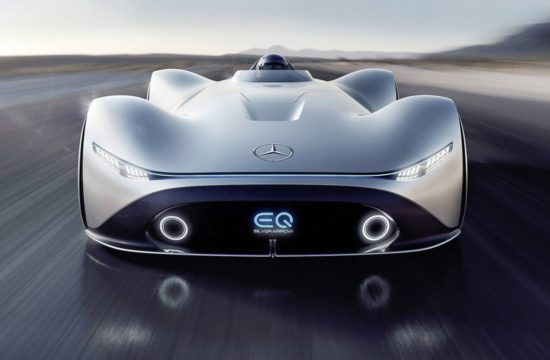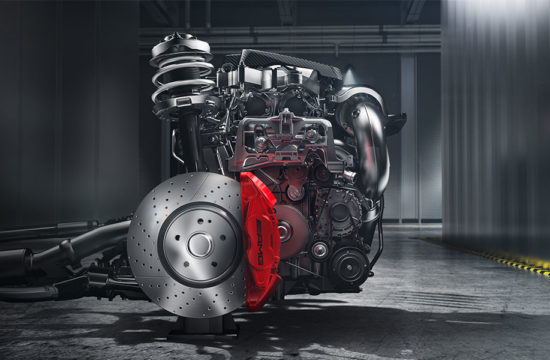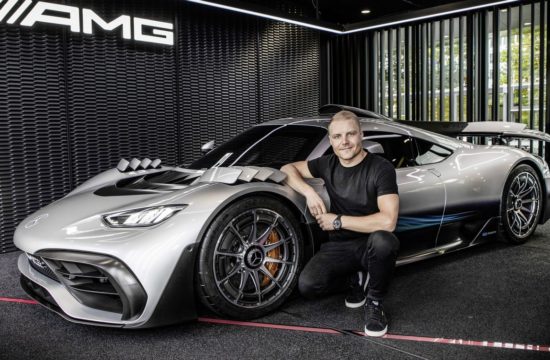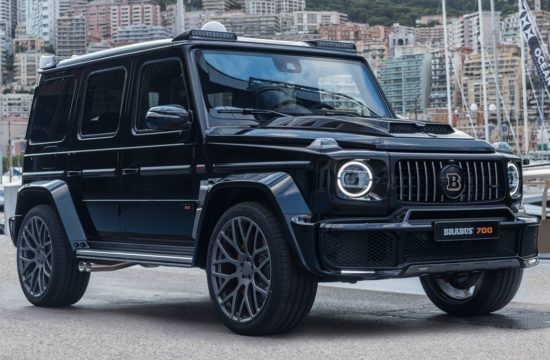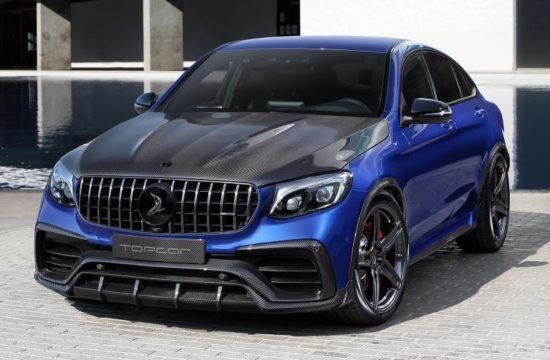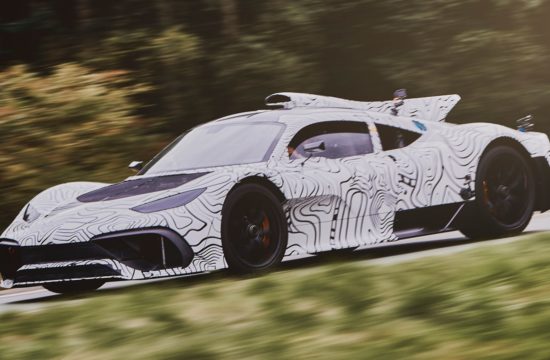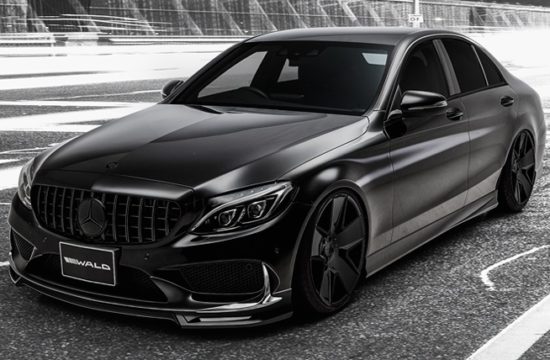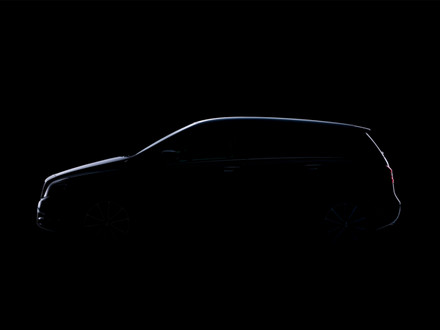
Mercedes released the first teasers and official details of the new 2012 B-Class ahead of the car’s debut at the IAA Motorshow this September.
The new B-Class, being a modern family car, focuses mainly on spaciousness, safety, and efficiency. But Mercedes is adamant the new B is also a compact sports tourer with dynamic credentials. They’ve worked hard on its aerodynamics, it has lowered ride height and sprightly engines. So unlike most of the cars in this segment, it should also be fun to drive.
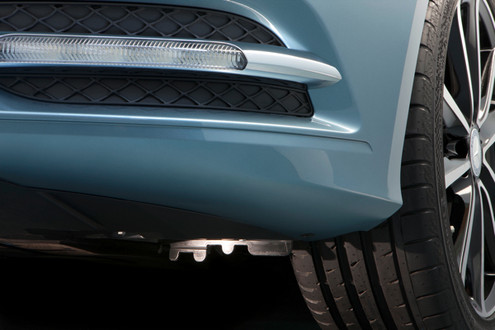
There are many NEW things about the 2012 B Class, including a new four-cylinder petrol engine featuring direct injection and turbocharging, a new diesel engine, a new dual clutch transmission, a new manual transmission and new assistance systems. It’ll also come with the optional ECO Technology package, which will be available at a later date, helping the B-Class to achieve the world-class aerodynamic credentials of the E-Class Coupe, attaining a drag coefficient of cd = 0.24. That is quite remarkable for a car with minivan profile.
The B-Class is optionally available with the so-called EASY-VARIO-PLUS system. This enables simple reorganisation of the interior so as to enable the transportation of bulky items. Features of the EASY-VARIO-PLUS system include fore/aft adjustment of the rear seats by up to 140 millimetres and a front passenger seat whose backrest can be folded forward onto the seat cushion.
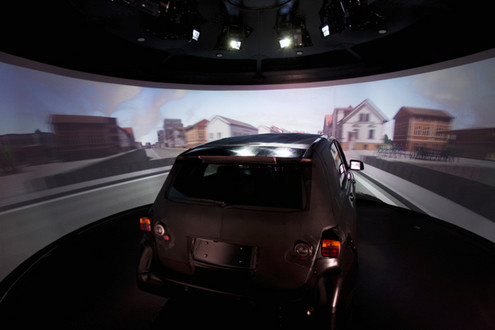
Besides the driving dynamics, Mercedes has also paid attention to the car’s refinement. The engine and transmission suspension disposes of a four-point mounting system comprising engine mount, transmission mount and two self-aligning supports. This suspension system has been designed specifically to meet the requirements of the high-torque engines with regard to minimum noise levels. The hydraulic damping integrated in the transmission mount is a key contributory factor to the exceptionally high ride comfort.
Another Mercedes-Benz premiere is the new 7G-DCT dual clutch transmission in the B-Class. This transmission is extremely compact, extremely variable with regard to adaptation of the engine speed thanks to seven gears, incorporates an electric oil pump for start/stop capability, shifts gear without any interruptions in tractive power and combines the comfort of an automatic with the efficiency of a manual transmission.
You can also get a six-speed manual.

When it comes to safety, Mercedes B-Class really shines.
It comes with features a radar-based collision warning system with adaptive Brake Assist as standard, which lowers the risk of rear-end collisions. The COLLISION PREVENTION ASSIST system gives a visual and acoustic warning to alert a possibly distracted driver to identified obstacles, and prepares Brake Assist for the most precise possible braking response. This is initiated as soon as the driver emphatically operates the brake pedal.
The democratisation of safety also encompasses an array of other assistance systems which have been adopted into the B-Class from the larger model series. These include:
* Adaptive Headlamp Assist
* Blind Spot Assist and Lane Keeping Assist
* ATTENTION ASSIST (standard)
* Speed Limit Assist (speed limit sign recognition)
* Active Parking Assist
* Brake HOLD function (standard with 7G-DCT)
* Hill Hold function
* Linguatronic
* Reversing camera
* DISTRONIC PLUS with BAS
* PRE-SAFE® (featuring for the first time in this class of vehicle).
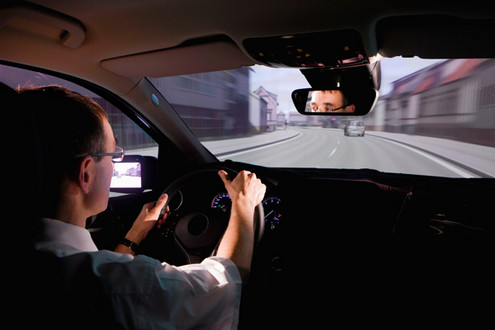
Space:
The new vehicle concept underscores the dynamic aspirations of the new B-Class. The most striking aspect is the reduced height: at 1557 millimetres, the new model crouches almost five centimetres lower on the road than its predecessor. The seat height in relation to the road has also been reduced (minus 86 mm). In response to requests from many customers, the seat position is more upright, however. The headroom has nevertheless been further improved. With 1013 mm of headroom at the front (without sliding roof), the B-Class is among the most spacious cars in its segment in this discipline, too.
The new B-Class features an enhanced variant of the sandwich floor. The modular “Energy Space” concept means that it is already designed to accommodate versions with an alternative drive: appropriate interfaces in the body shell enable the main floor panel to be modified and a step to be produced for the versions with alternative drive. This multifunction well begins under the driver’s seat and offers space for the alternative energy accumulators.
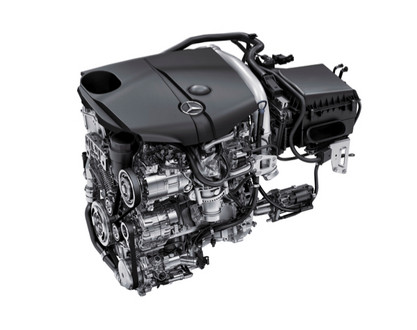
Engines:
The new four-cylinder petrol engines (internal designation M270) mark the launch of a completely new engine series. The combustion process is based on the third-generation Mercedes-Benz direct injection system which was introduced last year with the BlueDIRECT V6 and V8 engines. Its use in the B-Class marks this technology’s debut in the compact segment. The new four-cylinder engines have been designed for both transverse and longitudinal installation. In the new B-Class they are initially available with a displacement of 1.6 litres, as the B 180 rated at 90 kW (122 hp) and the B 200 with an output of 115 kW (156 hp). Their maximum torque of 200 and 250 Nm respectively is available from an engine speed of 1250 rpm.
The new four-cylinder diesel engine is a further development of the OM651 deployed in the C- to the S-Class, a common rail direct-injection engine of the third generation. With its displacement scaled down to 1.8 litres and numerous optimised points of detail, this is the first time that the compression-ignition engine has been mounted transversely in a Mercedes-Benz car. The B 180 CDI generates 80 kW (109 hp) of power, while the B 200 CDI has an output of 100 kW (136 hp). The maximum torque stands at 250 Nm from 1400 rpm for the 80 kW variant and 300 Nm from 1600 rpm for the 100 kW variant.

